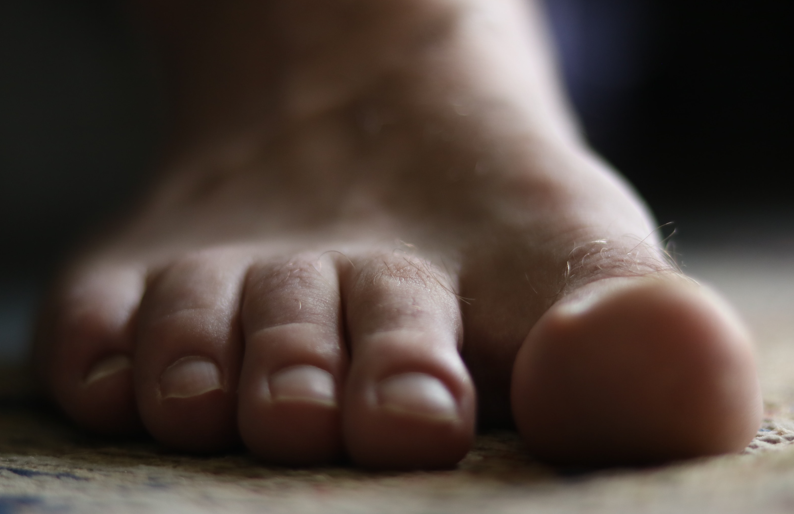Bunionettes: The Rebellious Troublemakers of Our Little Toes
They love squeezing into narrow shoes, forming bony bumps that demand attention and ruining our footwear game. But fear not! With wider shoes, clever padding, and a touch of sass, we’ll show these feisty little rebels who’s boss.
It’s time to strut comfortably and give bunionettes a run for their money!
What is a bunionette or tailor’s bunion?
A bunionette, also known as a tailor’s bunion, is a bony bump that forms on the outside of the foot near the base of the little toe. It is similar to a bunion, which forms on the inside of the foot near the base of the big toe. Bunionettes can be painful and may cause the little toe to turn inward.
Bunionettes are commonly caused by wearing tight, narrow-toed shoes that squeeze the toes together and create pressure on the outside of the foot. They can also be caused by an inherited foot structure that leads to instability in the foot joints. Certain medical conditions, such as arthritis, can also contribute to the development of bunionettes.
While often painless bunionettes can cause pain, rednesss, or swelling on the outside of the foot near the base of the little toe. The little toe may also turn inward, and it may be difficult to find comfortable shoes that do not put pressure on the bunionette. Often the biggest problems with tailors bunion are the secondary issues they create like the development of corns and callous.
Treatments for Bunionettes
Treatment for bunionettes may include conservative methods or, in severe cases, surgery.
Conservative treatments may include wearing comfortable, supportive shoes that do not put pressure on the bunionette, using padding or orthotics to reduce pressure, applying ice or taking non-steroidal anti-inflammatory drugs (NSAIDs) to reduce pain and swelling. Most of the time this approach will make the condition tolerable. In severe cases, surgery may be necessary to correct the deformity and relieve pain if conservative treatments are not effective.
In extreme cases, bunionette surgery is your only solution. It involves making an incision over the bunionette and removing the bony bump or realigning the metatarsal bone. In some instances, a portion of the bone may be removed. The surgeon may also tighten or loosen the soft tissue around the joint to realign it properly. They may also choose to correct any other deformities in the foot at the same time.
As with any surgery, there are risks associated with bunionette surgery, including infection, bleeding, and anesthesia complications.
Other risks specific to bunionette surgery may include nerve damage, bone healing problems, and recurrence of the bunionette. However, these risks can be minimised by choosing an experienced and qualified surgeon and following all pre- and post-operative instructions carefully.
Bunionettes can be a pain – literally
The duration of bunionette pain can vary depending on the severity of the condition and the treatment used.
In some cases, conservative treatments such as padding, ice, and medication can provide relief within a few days or weeks. However, if the bunionette is severe or causes chronic pain, surgery may be necessary. Recovery from bunionette surgery can take several weeks or months, and it may take some time for the foot to fully heal and for pain to completely subside.
Prevention is key
In some cases, bunionettes can be prevented by wearing comfortable, supportive shoes that fit properly and do not put pressure on the foot.
Avoiding high heels and narrow-toed shoes can also help prevent the development of bunionettes or tailor’s bunion. Additionally, using orthotics or shoe inserts can help distribute pressure more evenly across the foot.
Maintaining a healthy weight and exercising regularly can also help prevent bunionettes by reducing the pressure on the feet. However, in some cases, bunionettes may develop regardless of preventive measures, especially if there is a family history of the condition or an underlying foot deformity.
Say Goodbye to Bunionettes with Hurst Podiatry
Bunionettes can cause discomfort and pain in the feet and create a number of secondary problems throughout the feet. While they may be caused by genetics or tight-fitting shoes, there are several treatment options available to alleviate symptoms and prevent further complications.
At Hurst Podiatry, our experienced team of podiatrists is dedicated to providing comprehensive care for a variety of foot conditions, including bunionettes. Whether you require conservative treatments such as padding or custom orthotics, or if surgery is necessary, we will work with you to determine the best course of action for your unique needs. We strive to provide personalised care and support to help you achieve optimal foot health and overall wellness.
Contact us today to schedule an appointment and take the first step towards pain-free feet!




